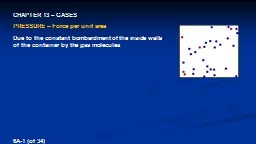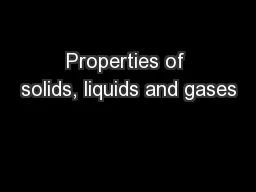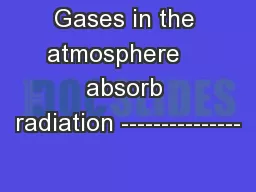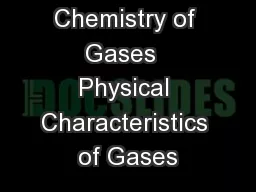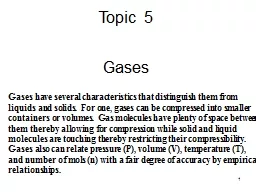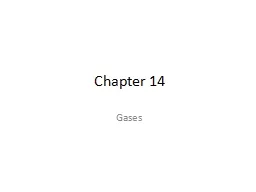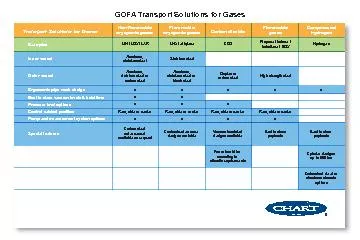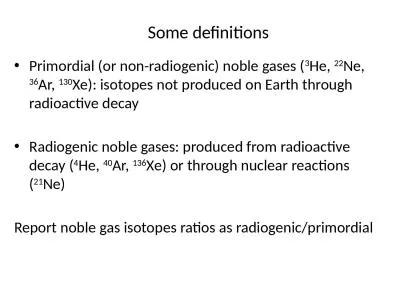PPT-CHAPTER 13 – GASES 6A-1 (of 34)
Author : luanne-stotts | Published Date : 2019-02-09
PRESSURE Force per unit area Due to the constant bombardment of the inside walls of the container by the gas molecules STANDARD PRESSURE 7600 mm Hg 7600 torr 1000
Presentation Embed Code
Download Presentation
Download Presentation The PPT/PDF document "CHAPTER 13 – GASES 6A-1 (of 34)" is the property of its rightful owner. Permission is granted to download and print the materials on this website for personal, non-commercial use only, and to display it on your personal computer provided you do not modify the materials and that you retain all copyright notices contained in the materials. By downloading content from our website, you accept the terms of this agreement.
CHAPTER 13 – GASES 6A-1 (of 34): Transcript
Download Rules Of Document
"CHAPTER 13 – GASES 6A-1 (of 34)"The content belongs to its owner. You may download and print it for personal use, without modification, and keep all copyright notices. By downloading, you agree to these terms.
Related Documents

